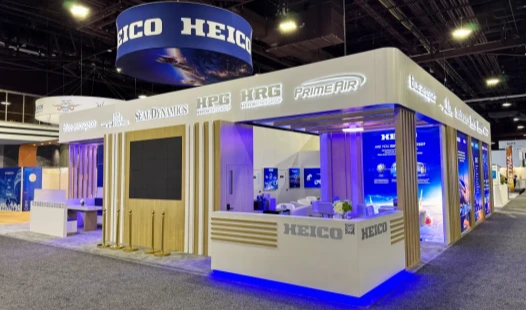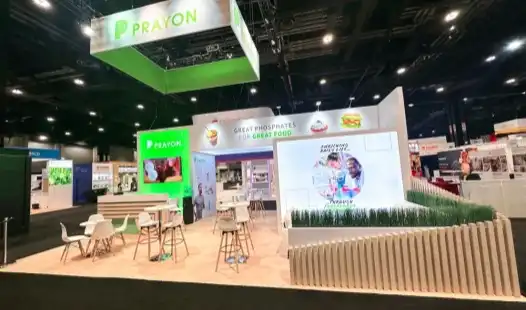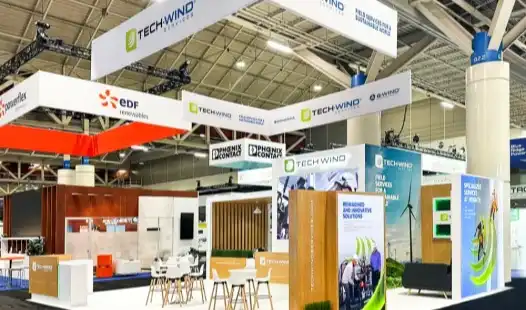Multi-Sensory Booth Design Ideas for Lasting Impressions
Multi-sensory booth design is a powerful approach to creating memorable trade show experiences. By engaging multiple senses, exhibitors can forge deeper connections with visitors, leaving lasting impressions that extend far beyond the event itself. This strategy involves carefully crafting visual elements, incorporating tactile experiences, utilizing ambient sounds, and even integrating scents to create a fully immersive environment. When executed effectively, multi-sensory booth designs can significantly enhance brand recall, increase visitor engagement, and ultimately drive better results from trade show participation.
The Power of Sensory Integration in Booth Design
Booth design has evolved far beyond simple visual displays. Today's successful exhibitors understand the importance of creating a holistic sensory experience. This approach taps into the brain's natural ability to form stronger memories when multiple senses are engaged simultaneously. By strategically incorporating elements that appeal to sight, sound, touch, and even smell, exhibitors can create a more impactful and memorable presence on the trade show floor.
Visual elements remain crucial in booth design, serving as the initial draw for attendees. However, the integration of other sensory components can elevate a booth from eye-catching to truly unforgettable. Textured surfaces invite touch, creating a tactile connection with the brand. Carefully selected background music or ambient sounds can set the mood and reinforce the booth's theme. Some exhibitors even experiment with scent marketing, using subtle fragrances to create positive associations with their brand.
Leveraging Technology for Immersive Experiences
Advancements in technology have opened up new possibilities for multi-sensory booth design. Interactive displays, virtual reality (VR) experiences, and augmented reality (AR) applications allow visitors to engage with products and services in novel ways. These technologies not only capture attention but also provide memorable, hands-on experiences that can significantly boost brand recall.
For instance, a furniture company might use VR to allow visitors to virtually "place" items in their own homes, while a food and beverage brand could employ scent diffusers to waft enticing aromas throughout their booth space. Such innovative approaches to booth design can help exhibitors stand out in a crowded trade show environment and leave a lasting impression on potential customers.
Crafting a Cohesive Sensory Narrative
The key to effective multi-sensory booth design lies in creating a cohesive narrative that ties all elements together. Rather than simply adding sensory components haphazardly, successful exhibitors carefully consider how each element contributes to their overall brand story and messaging. This thoughtful approach ensures that every aspect of the booth works in harmony to reinforce the exhibitor's key messages and create a unified brand experience.
Color psychology plays a significant role in this process. The strategic use of colors can evoke specific emotions and associations, guiding visitors' perceptions of the brand. Complementing these visual cues with appropriate textures, sounds, and scents can further reinforce the desired emotional response and brand positioning.
Balancing Stimulation and Comfort
While the goal of multi-sensory booth design is to create an engaging and memorable experience, it's crucial to strike a balance between stimulation and comfort. Overstimulation can lead to sensory overload, potentially driving visitors away rather than drawing them in. Successful booth designs incorporate quiet zones or areas of respite where attendees can process information and engage in more focused interactions with booth staff.
Ergonomics also play a vital role in creating a comfortable and inviting booth environment. Thoughtfully designed seating areas, appropriate lighting levels, and easy-to-navigate layouts all contribute to a positive visitor experience. By considering the physical comfort of attendees alongside sensory engagement, exhibitors can create spaces that encourage longer dwell times and more meaningful interactions.
Measuring the Impact of Multi-Sensory Booth Design
Quantifying the success of multi-sensory booth design requires a multifaceted approach to measurement. Traditional metrics such as foot traffic and lead generation remain important, but exhibitors should also consider qualitative feedback and long-term brand impact. Surveys and post-event follow-ups can provide valuable insights into attendees' recall of the booth experience and its influence on their perception of the brand.
Advanced analytics tools can also help track visitor engagement within the booth, measuring dwell times at different stations and interaction rates with various sensory elements. This data can inform future booth design decisions, allowing exhibitors to refine their approach and optimize the sensory experience for maximum impact.
Adapting to Different Show Environments
One challenge in implementing multi-sensory booth designs is adapting to various trade show environments. What works well in one venue may not be as effective in another due to differences in layout, lighting, or ambient noise levels. Successful exhibitors develop flexible design concepts that can be adjusted to suit different show conditions while maintaining a consistent brand experience.
Modular booth components and adaptable sensory elements allow for greater flexibility in design implementation. For example, adjustable lighting systems can be fine-tuned to complement or counteract the ambient lighting of different venues. Similarly, sound systems with variable output levels ensure that audio elements enhance rather than compete with the surrounding environment.
Conclusion
Multi-sensory booth design represents a powerful tool for creating lasting impressions in the competitive world of trade shows and exhibitions. By engaging multiple senses, exhibitors can create immersive experiences that resonate with visitors long after the event has concluded. The key to success lies in thoughtful integration of visual, auditory, tactile, and even olfactory elements to craft a cohesive brand narrative. As technology continues to evolve, the possibilities for innovative sensory experiences in booth design will only expand, offering exciting opportunities for brands to connect with their audiences in meaningful and memorable ways.
At HR Exhibits, we specialize in bringing these multi-sensory booth design concepts to life. Our team of experts combines creativity with technical expertise to create custom booth experiences that engage, inspire, and leave lasting impressions. Whether you're planning for a major international trade show or a smaller industry event, we have the skills and resources to help your brand stand out. Ready to elevate your exhibition presence? Contact us at info@hrexhibits.com to start crafting your unforgettable multi-sensory booth experience today.
FAQ
Q: How far in advance should I start planning my booth design?
A: Ideally, you should begin planning 3-5 months before the event. This allows ample time for design, fabrication, and any necessary adjustments.
Q: Can you handle last-minute booth design requests?
A: Yes, our team is experienced in managing urgent projects. While more lead time is preferred, we can accommodate last-minute requests.
Q: Do you offer storage solutions for booth materials between shows?
A: Absolutely. We provide convenient local storage options for your booth materials, ensuring they're ready for future events.
References
1. Smith, J. (2023). "The Science of Sensory Marketing in Exhibition Design". Trade Show Executive Magazine, 45(3), 28-35.
2. Johnson, A. & Lee, K. (2022). "Multisensory Experiences in Modern Trade Show Booths". Journal of Event Management, 18(2), 112-127.
3. Brown, T. (2021). "Technology Integration in Exhibition Booth Design". International Journal of Trade Show Innovation, 7(1), 45-60.
4. Garcia, M. (2023). "Measuring ROI of Sensory-Rich Exhibition Spaces". Exhibition World, 29(4), 72-80.
5. Williams, P. & Thompson, R. (2022). "Adaptable Design Strategies for Global Trade Shows". Exhibitor Magazine, 40(6), 18-25.
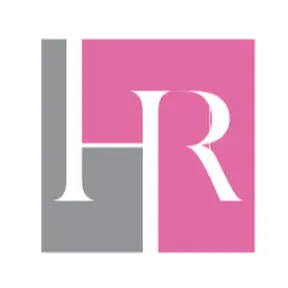
Embark on Your Journey to Exceptional Exhibitions! Contact HR Exhibits Today to Transform Your Vision into Global Success.
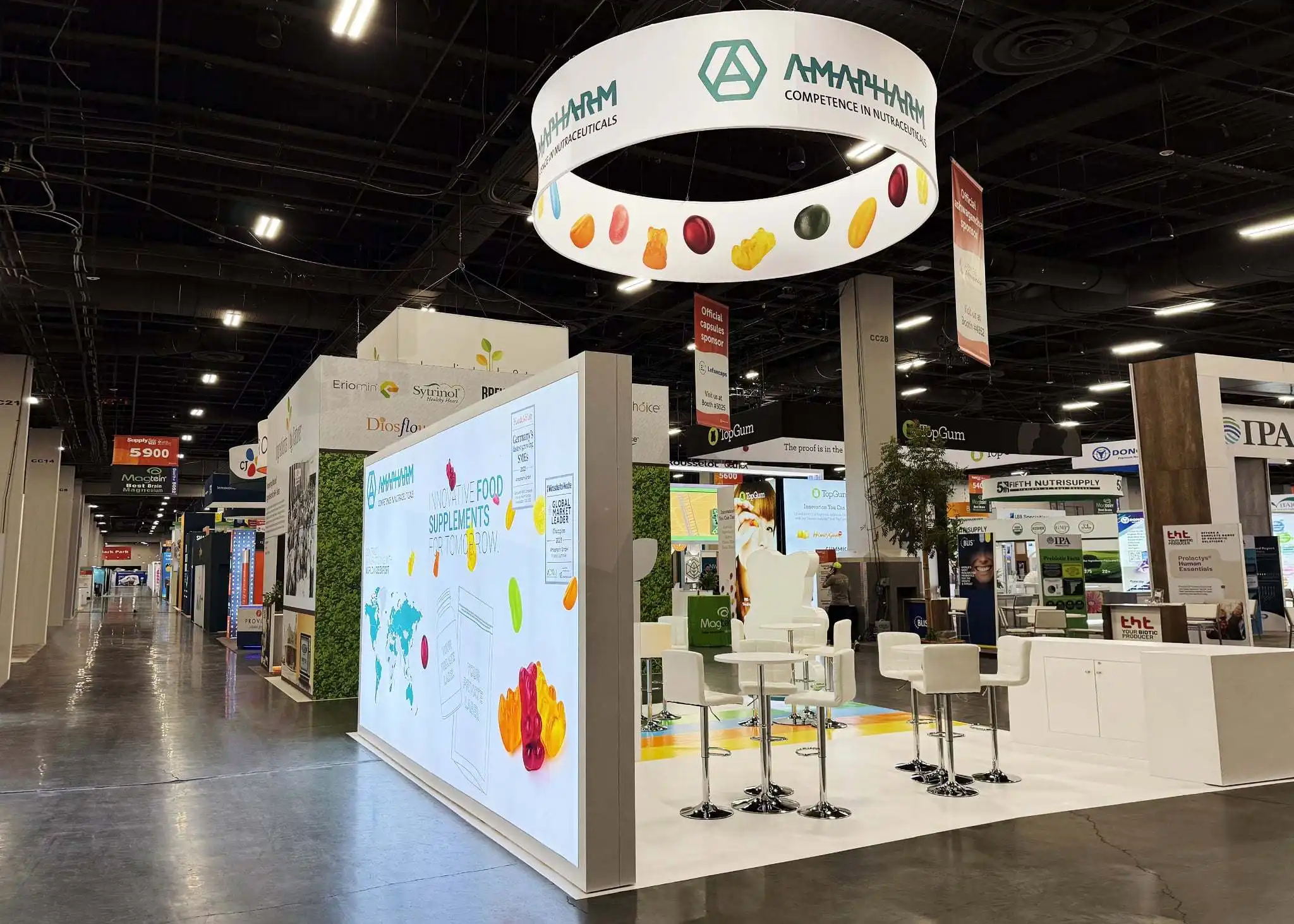
HR Exhibits Service, Inc.
